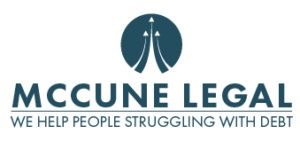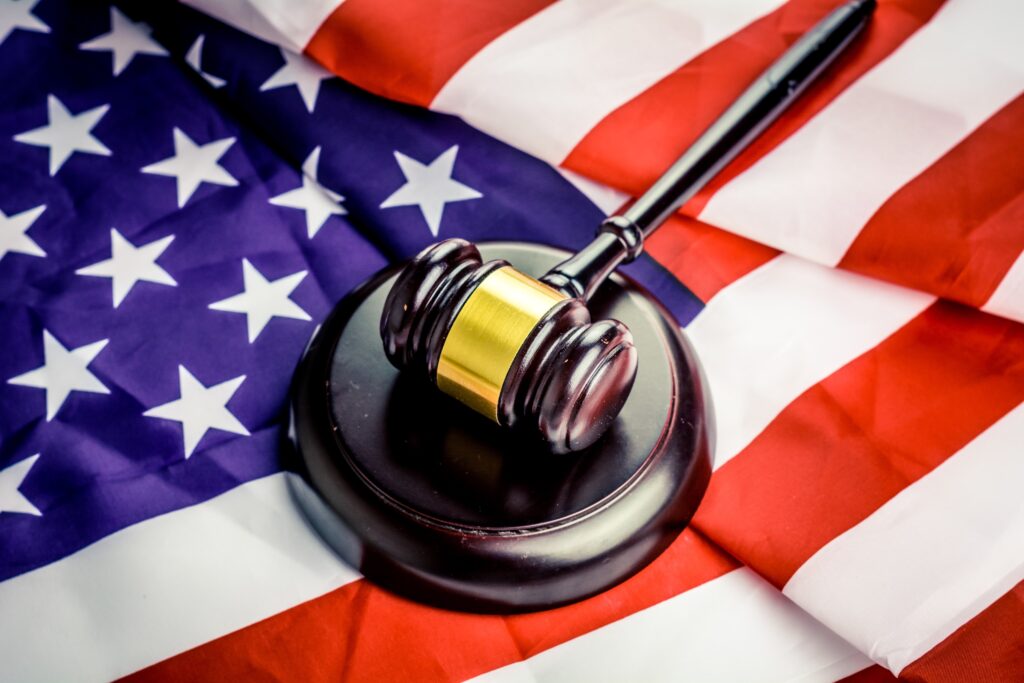US Bankruptcy History
The United States laws of bankruptcy history can be traced back to the 18th century. The first bankruptcy law, known as the Bankruptcy Act of 1800, was passed by Congress in 1800 and remained in effect until 1803. Bankruptcy history and this law was intended to provide a way for individuals and businesses to discharge their debts and start fresh financially.
In 1841, Congress passed the Bankruptcy Act of 1841, which established a federal bankruptcy court system. This law remained in effect until 1843.
In 1898, Congress passed the Bankruptcy Act of 1898, also known as the Nelson Act. This law was intended to provide a more orderly and fair process for bankruptcies and remains the basis of bankruptcy law in the United States.
Bankruptcy Reform Act
In 1978, Congress passed the Bankruptcy Reform Act, which established the current bankruptcy code and made significant changes to the bankruptcy process. This law remains in effect today and has been amended several times since its original passage.
In 2005, the Bankruptcy Abuse Prevention and Consumer Protection Act was enacted, which made it more difficult for individuals to file for bankruptcy and made the process more expensive for those who do file. This law has been controversial and has been criticized for making it more difficult for people to obtain relief from overwhelming debt.
The Bankruptcy Abuse Prevention and Consumer Protection Act (BAPCPA) of 2005 has been the source of significant controversy since its passage. Some of the main criticisms and controversies surrounding the BAPCPA include:
- Increased difficulty of filing for bankruptcy: The BAPCPA made it more difficult for individuals to file for bankruptcy, particularly under Chapter 7, which allows for a complete discharge of debt. The law introduced a means test that must be passed before an individual can file for Chapter 7 bankruptcy, which has been criticized for making the process more difficult for low-income individuals.
- The increased cost of filing for bankruptcy: The BAPCPA also made the process of filing for bankruptcy more expensive, by requiring individuals to pay for credit counseling and financial management classes before they can file.
- Impact on low-income individuals and minorities: Critics argue that the BAPCPA disproportionately affects low-income individuals and minorities, who are more likely to file for bankruptcy and less likely to be able to afford the increased costs of filing.
- Limited impact on reducing bankruptcy: Some studies have shown that the BAPCPA has had limited impact on reducing bankruptcy filings, despite its intended goal of reducing the number of individuals filing for bankruptcy.
- Impact on the economy: The BAPCPA has been criticized for making it more difficult for individuals to discharge their debt and start fresh financially. This has been argued to have a negative impact on the economy, as it limits consumer spending and makes it more difficult for individuals to access credit.
- Impact on small businesses: The BAPCPA was also criticized for not addressing the issue of small businesses filing for bankruptcy and for not providing any relief for small business owners.

